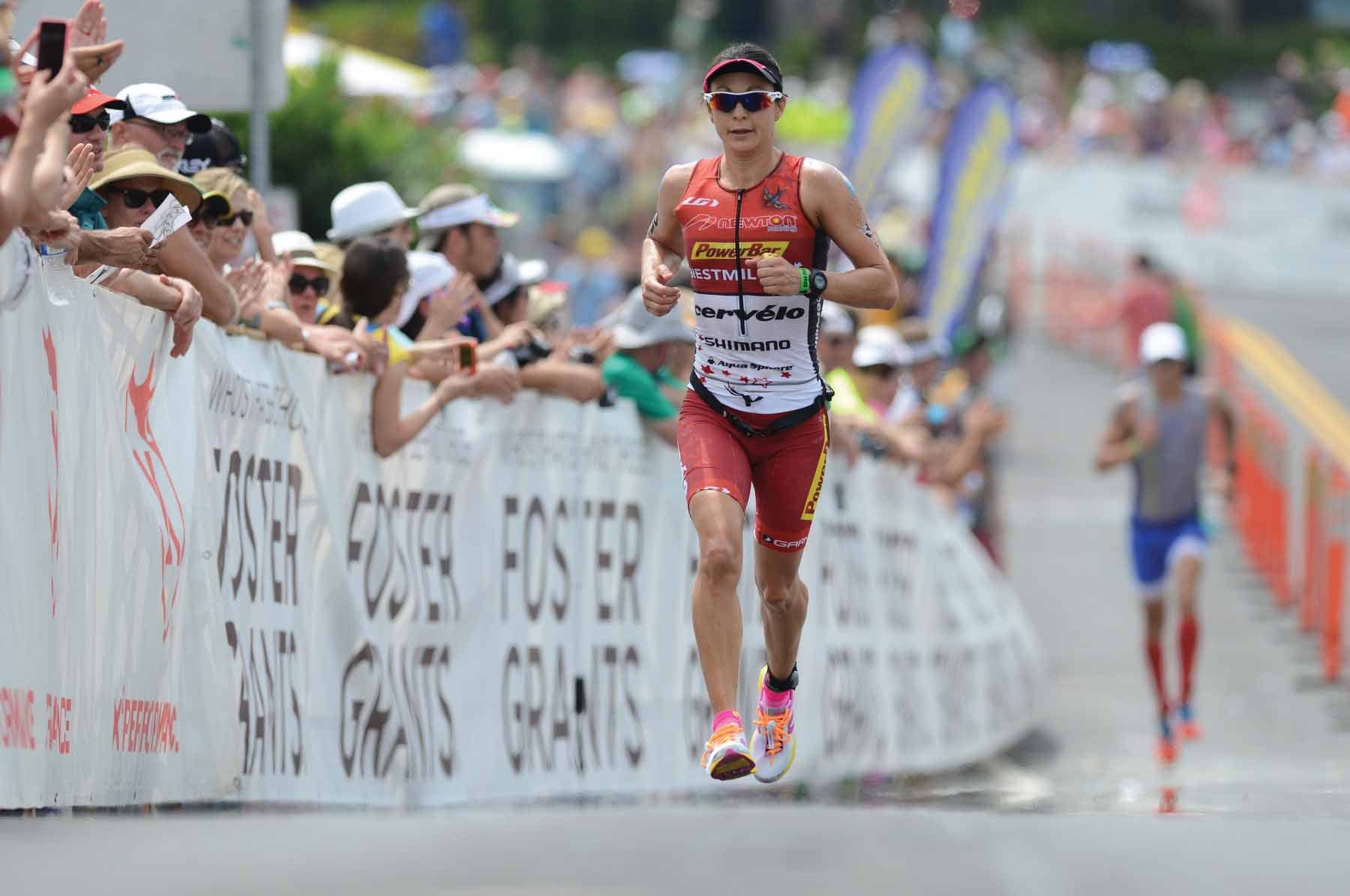Efficient Running Up And Down Hills In Triathlons

Photo: Endurapix-MichaelRauschendorfer
At October’s Ironman World Championship, a group of researchers from the University of Connecticut studied how various types of pacing can affect overall performance. The results of their study, which were recently published in the Journal of Science and Medicine in Sport, showed that how you tackle the up and downhill sections of a race may be the most important predictor of performance.
Led by University of Wyoming’s Evan Johnson, Ph.D., researchers took a random sampling of Hawaii-qualifying athletes and measured their predicted personal pre-race goal time against their finishing time on race day. Using Timex Ironman Global Trainers and TrainingPeaks software, they analyzed nine segments of the bike course and 11 segments of the run course.
Their goal was to determine whether any of the segments predicted performance, and they were surprised at the results—the downhill portions (on both the bike and run) proved to be most influential on overall time. They found that athletes who maintained faster relative speeds on the downhill sections of the course, and who had smaller changes in heart rate between consecutive up and downhills, were more successful relative to their goal times.
On average, all participants went 10 percent faster than their goal bike pace on the 15-mile downhill section back from Hawi. The difference was that the top third—those who finished within 7 percent of their goal time—went 14 percent faster on this section, while the bottom third only went five percent faster. “This shows that those who did best overall used the downhill to maximize velocity and not for recovery,” Johnson says.
RELATED: The Secrets To Running Downhill Fast
Change how you tackle hills
“Higher heart rates on the uphill were associated with run times slower than goal while higher heart rates on the downhill were associated with run times closer to or faster than goal run time,” Johnson says. This shows that when athletes exerted too high of energy on the uphills, it came at the expense of having to recover and reduce intensity on the subsequent downhills. Because of this, Johnson suggests to be cautious and simply maintain (not increase) your intensity on uphills so that you only need a minimal decrease in intensity when going downhill.
“This study does not suggest that a triathlete can be successful by saving energy and purposefully increasing intensity only on downhill sections,” he says. “Rather, it suggests that optimal pacing entails choosing realistic goal intensities that allow for some fluctuations due to changes in elevation while at the same time quickly returning to goal pace.”
RELATED: Understanding Your Natural Running Pace
How to pace your race
“Most triathletes seem to struggle with the concept of pacing, especially during races,” says study co-author and triathlon coach Jim Vance. “Add in other variables, such as heat, altitude or competitive level, and it becomes an even bigger challenge for many.”
For your next race, Johnson suggests choosing an intensity—by watts or heart rate—on the bike that you are confident you can stick to for the distance, varying terrain and all other variables mentioned above.
This strategy applies to the run as well. “If an athlete knows that his standalone marathon PR is 3:15, he should not try to run the first five miles of the marathon at 3:15 pace no matter how good he feels, or what pace he was able to run his 10-mile tempo workouts during training,” Johnson says. “Instead, think consistency, and save that oomph for the downhills!”
Run hills smarter
The best way to ride and run hills: Maintain your intensity (don’t increase!) on uphills so that you only need a minimal decrease in intensity when going downhill.